
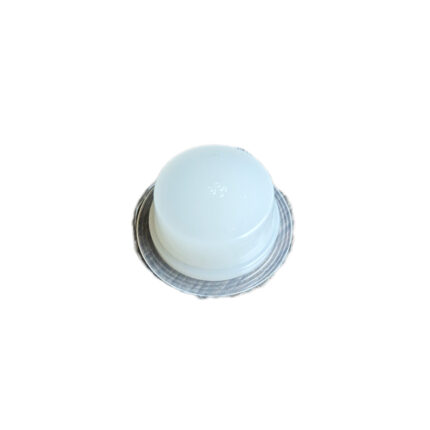
Iridomyrmex bicknelli
$109.89 – $151.11Price range: $109.89 through $151.11
Worldwide shipping
Free delivery over 999 PLN
The highest quality of goods
Live delivery guarantee
24/7 Personal Support
Fair Prices
Description
Iridomyrmex bicknelli is a monogynous ant species with medium development rate and a colony size of up to 50,000 workers. The queen is 6-7 mm in size while the workers are 3-4 mm and the ants are black in color. They are fed with a variety of food including insects, syrup, fruits, vegetables, jelly, and cooked chicken without salt.
Additional information
| Behavior | |
|---|---|
| Difficulty in breeding | |
| Origin | |
| The size of ants | |
| Wintering |
Iridomyrmex bicknelli – A Fast and Aggressive Ant Species
Colony Type: Monogyny
Colony Size: Up to 10 000 workers
Development Speed: medium
Size
- Queen: 6-7 mm
- Workers: 3-4 mm
Color: Both the queen and workers display a striking black color, making them easily recognizable among other ant species.
Nutrition
- Food insects (such as cockroaches and crickets) dead, or live if colony is big
- Syrup (a mixture of water and honey or sugar, with a ratio of 3 water:1)
- Fruits and vegetables
- Jelly
- Cooked chicken without salt, shrimps
- Honey
Don’t forget to check out our food products to ensure a well-balanced diet for your colony!
Humidity and Temperature
- Humidity: Arena: 40-60%, Nest: 50-60%
- Temperature: Arena: 22-28 °C, Nest: 22-26 °C
Characteristic Behavior
Known for their fast and aggressive behavior, Iridomyrmex bicknelli ants exhibit quick movements and are always ready to defend their colony. Observing their intricate social interactions and hierarchies within the colony reveals their exceptional teamwork and organization. From foraging to nest construction, every activity these ants engage in showcases their fascinating behavior.
Recommended Nests for Breeding
- Acrylic nests
- Gypsum nests
- Aerated concrete nests
- Earth nests


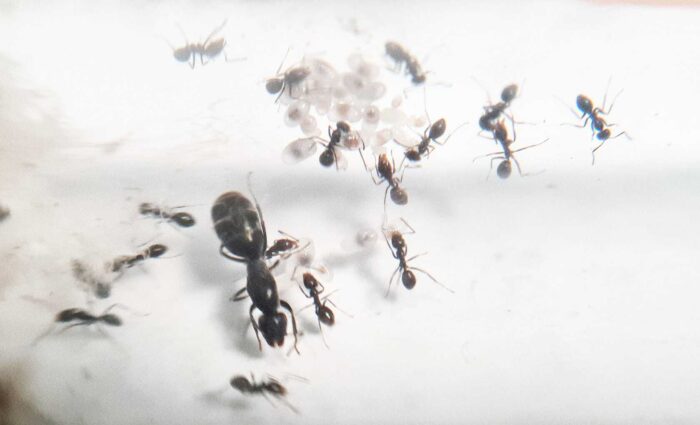
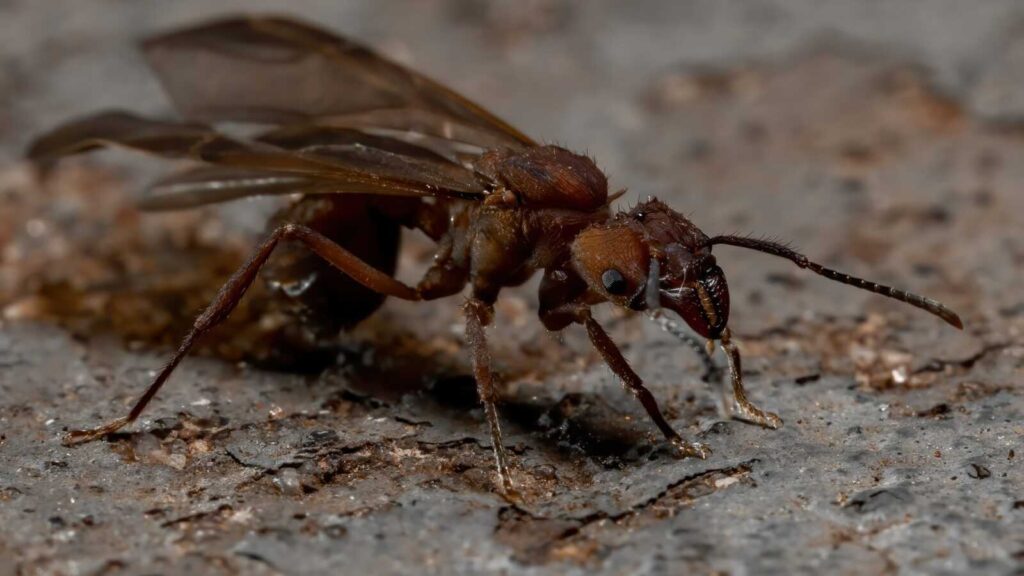



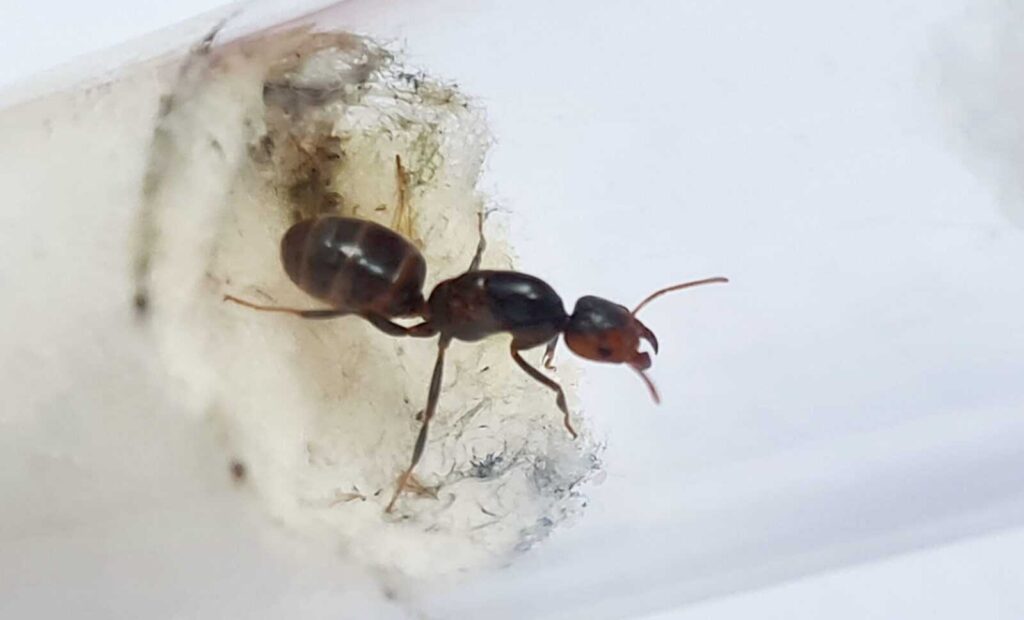
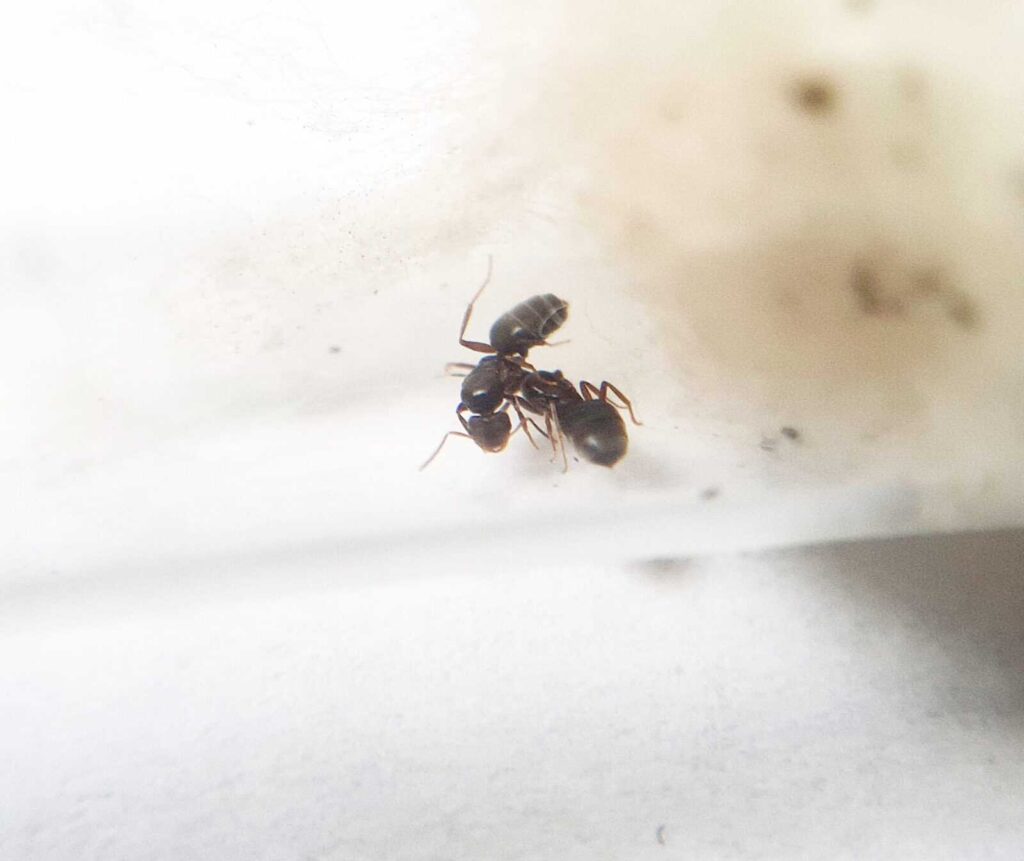


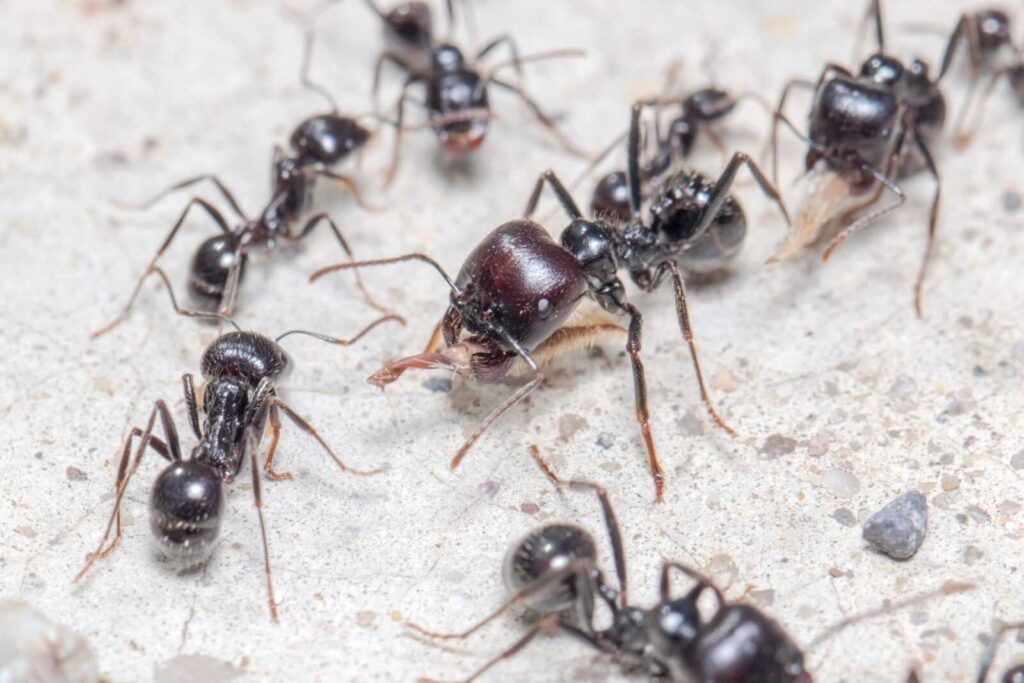


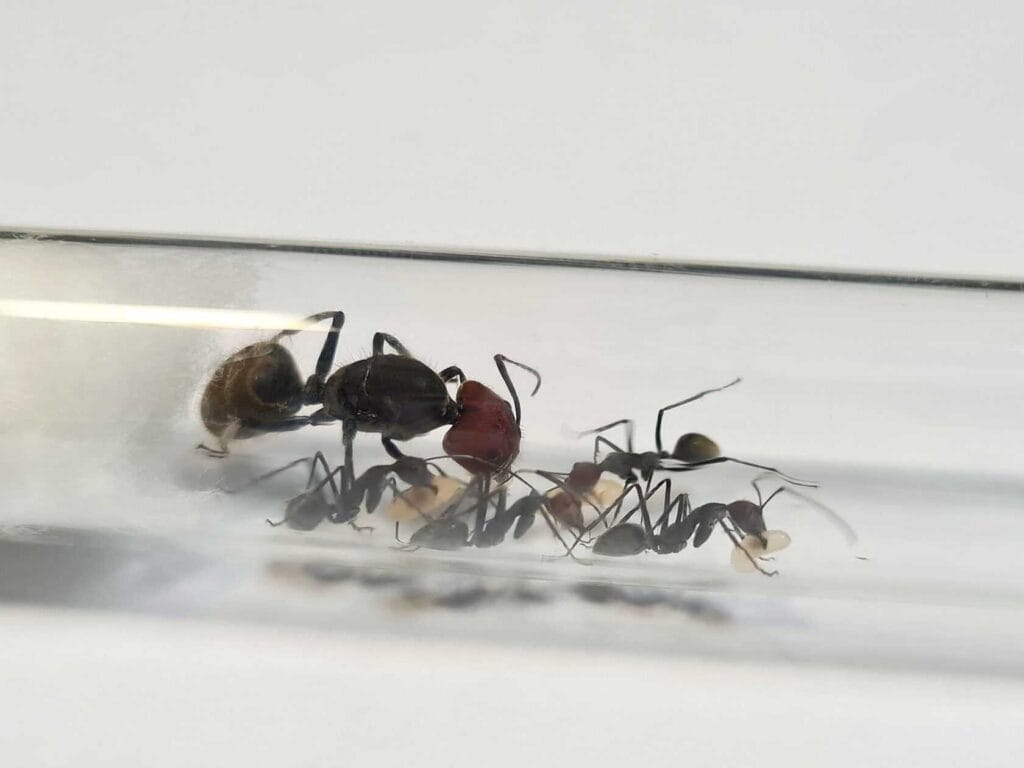

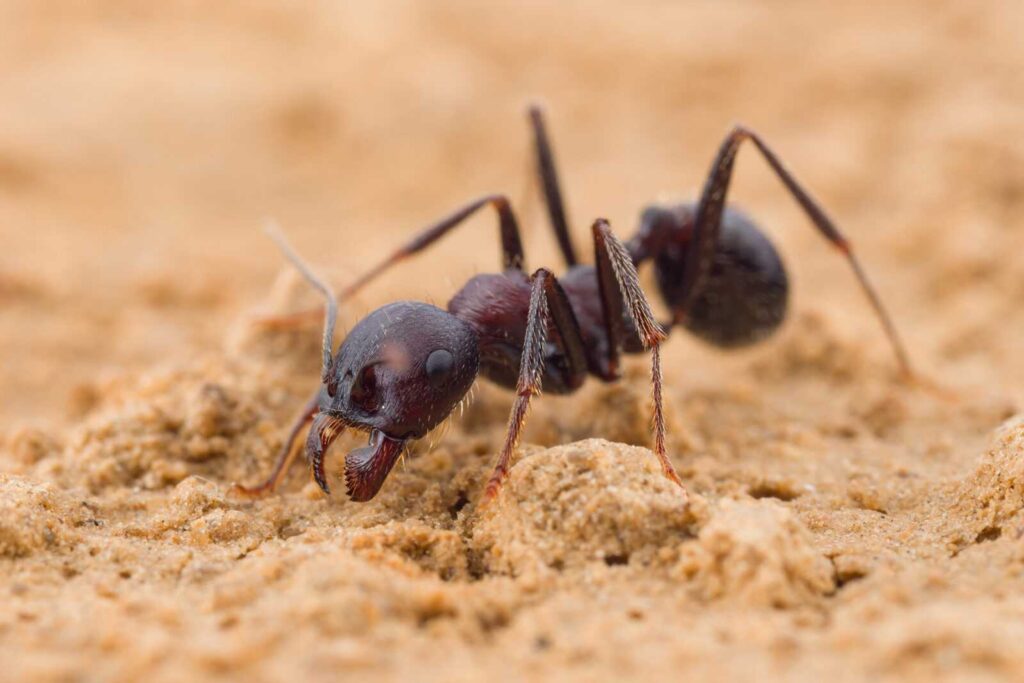
Reviews
Clear filtersThere are no reviews yet.